Indian Legacy of Warfare
Thu, 20 May 2021 | Reading Time: 4 minutes
Warfare has been an integral part of a nation- state in order to establish its supremacy on other states. And hunger of power along with hatred and military powder bears the idea of warfare. As the time progresses the dimensions, weapons, intention and types of warfare get more illustrated. We find a well- explained system of battles in Agni Puran which is claimed to have been written around the 7th century. The chapters in the book deal with the type of warfare which was being fought from the era of Ramayana and Mahabharata to the then. This is where we find the technique to form arrays and formations to be made during the battle.
India has been a land of warfare since its origin. So conclusion can be made that warfare in India started around a 10 millenniums ago. Techniques and technology of warfare were much developed during the Vedic era. The mother of our naval civilization is the river Saraswati as the techniques of naval warfare which are mentioned in the ancient texts revolve around the extinct river. It was due to a huge earthquake that occurred around 6000 years ago which resulted in the blockage of the river. It remained a seasonal stream for about 2000 years and dried up over the years. The techniques of naval and land warfare were present at that time as well. The wars of Dashrajan and Mahabharat have been a source of inspiration for a lot of great warrior kings in later periods including Maharana Pratap, Maharaja Ranjit Singh and Chatrapati Shivaji Maharaj.
There are two types of wars defined and described in the Vedas. One is Dharmyuddh (visible warfare) and another is Kootyuddh (Proxy warfare). In Dharmyuddh, a king sent a Doot (messenger) to another king to express his disagreement over the latter’s decision which affected his rule. If the decision- maker didn’t agree to amend his verdict then the battle was not done, else there used to be a battle with heavy momentum. In the Dharmyuddh, rules and regulations were decided with the agreement of both the parties. Raajdharm and Kshaatrya Dharma were strictly followed. The rules of the war included prohibition on killing civilians and women, the man who accepted defeat was not killed, war was not fought after the sunset, children were not included in the battle and the one who was leaving the battlefield was not killed. Kootyuddh or proxy war was fought by Rakshas (clans of devils). This did not include the use of Neeti (protocol of the battle).
If the tradition of warfare with developed military is traced, it goes to the Vedic age. In the Vedic age, there were two parts of an army- Padeeti (infantry) and Rathi (ones on a chariot). In the battles fought earlier, there was a huge importance of chariots. The importance of chariots was due to the elevated platform the warrior got to attack, store of weapons he could make on it and it prevented fatigue while marching. There comes the mention of the war of Dashrajan in Seventh Mandal of Rigveda in which Bharats of Sudas won after defeating the emperors of ten mighty and fortified states and established their rule. This is considered a milestone in military history during Vedic period.
The military experts in Ramayan period classified military power as Chaturang Bal (the power of four parts). The classifications were- Ashva (horses), Gaja (elephant), Padeeti(infantry) and Rathi (chariot riders). It’s also notable that before going for the war, the compact engineer of Ram Sena- Nal constructed a bridge between India and Sri Lanka which is called Adam’s Bridge nowadays. This technique is even followed today that compact engineers construct a bridge through which military passes by. So that’s the inheritance of Indian militarism to the world.
In the period of Mahabharata, the military experts illustrated the armed forces and called it Shadaang Bal (the power of six parts). The new illustration included- Ashva (horses), Gaja (elephants), Padeeti (infantry), Rathi (chariot riders), Mantra (discussion with nobles) and Kosha (economic strength to fight). This illustration gives a glimpse of the development of military science and technology till the period. In the battle of Mahabharata, there comes a mention of Vyuhrachna. Vyuh is a geometrical shape formed for battle in which a battle drill is included as well. The Chakravyuh (noodle point defence), Kamalvyuh (the lotus array formation), Ardh-Chandravyuh (horseshoe array formation) and Shakaatvyuh (T shape formation with a Chakra on it) are some of the common examples of the arrays formed at that time. The solution of the Chakravyuh is the Makarvyuh (assaulting human waves) which the PLA of China uses. The invention of the games of Chess and Chausar were invented to form these arrays so that the new formations to surround the enemies could be discovered.
In Mauryan era, the parts of warfare got more explained which included Ashva (horses), Gaja (elephants), Padeeti (infantry), Rathi (chariot riders), Mantra (discussion with nobles), Kosha (economic strength to fight), Intelligence (Guptachar Tantra) and Setting up posts at borders.
After all, this can be concluded that warfare and military developments have always been undivided parts of India civilisation. In World War II, Field Marshal Ruben Rovell of Germany used Shakaatvyuh (the T shape formation with a Chakra on the top) during the fights in North Africa. It’s said that Germans have had this technique for a long time but ultimately the roots are found in our texts. Also, during an attack at Asalottar area by Pakistan’s First Armoured division in 1965, the Indian army formed a shape of Ardh-Chandravyuh (horseshoe array formation) and the Pakistanis got beaten. So, to succeed in the military affairs we should get back to our roots so that we can get back the legacy of warfare of our proud and martial civilisation. If we read and study the texts on military affairs, then we’ll be needless of any other knowledge for change in the military science and military management.
Disclaimer
The opinions expressed in this article are the author’s own and do not reflect the views of Chanakya Forum. All information provided in this article including timeliness, completeness, accuracy, suitability or validity of information referenced therein, is the sole responsibility of the author. www.chanakyaforum.com does not assume any responsibility for the same.
Chanakya Forum is now on . Click here to join our channel (@ChanakyaForum) and stay updated with the latest headlines and articles.
Important
We work round the clock to bring you the finest articles and updates from around the world. There is a team that works tirelessly to ensure that you have a seamless reading experience. But all this costs money. Please support us so that we keep doing what we do best. Happy Reading
Support Us




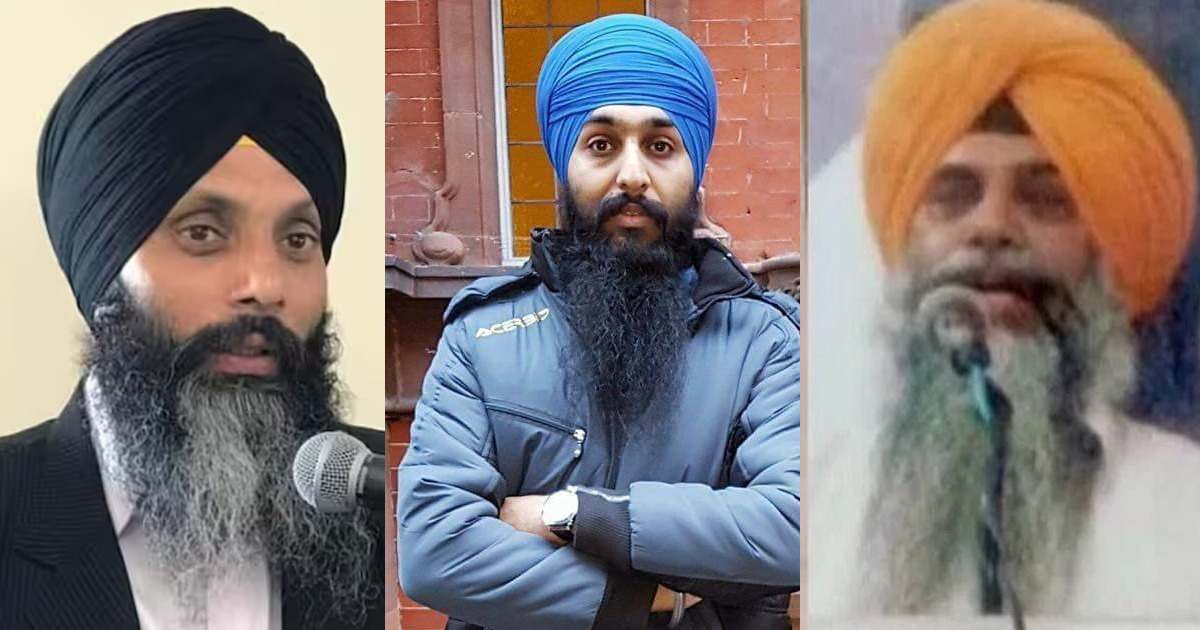
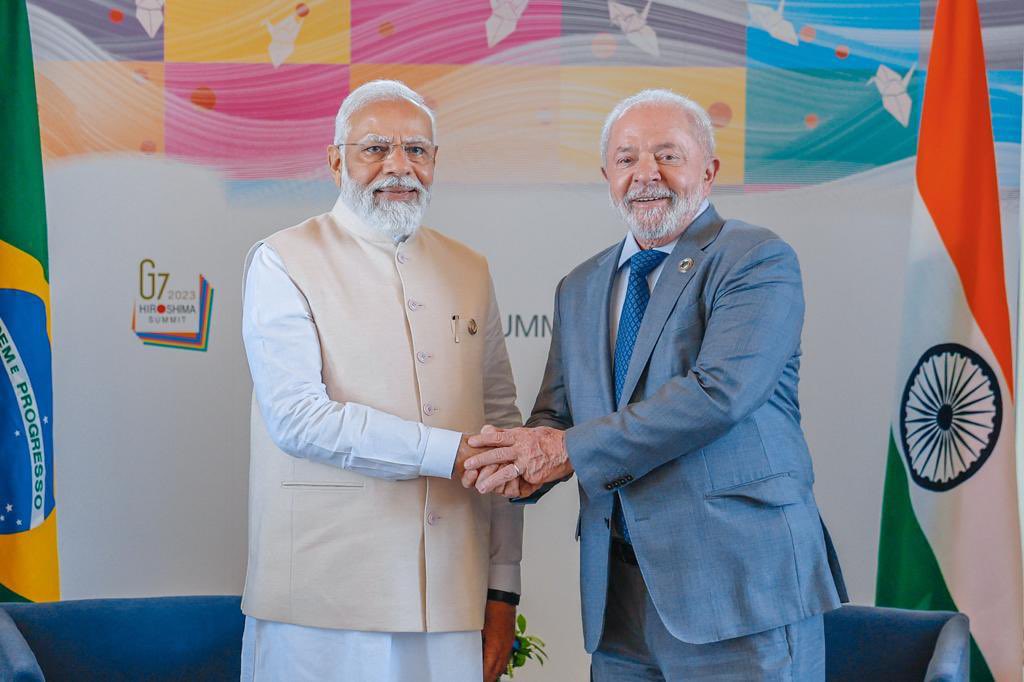

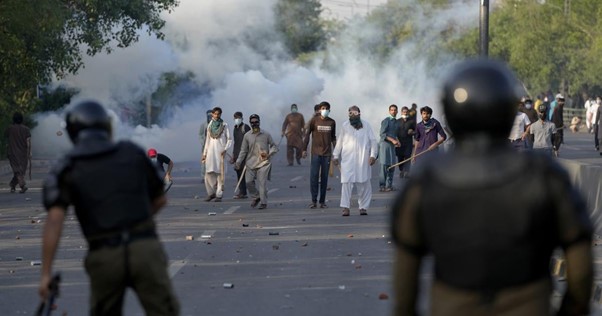

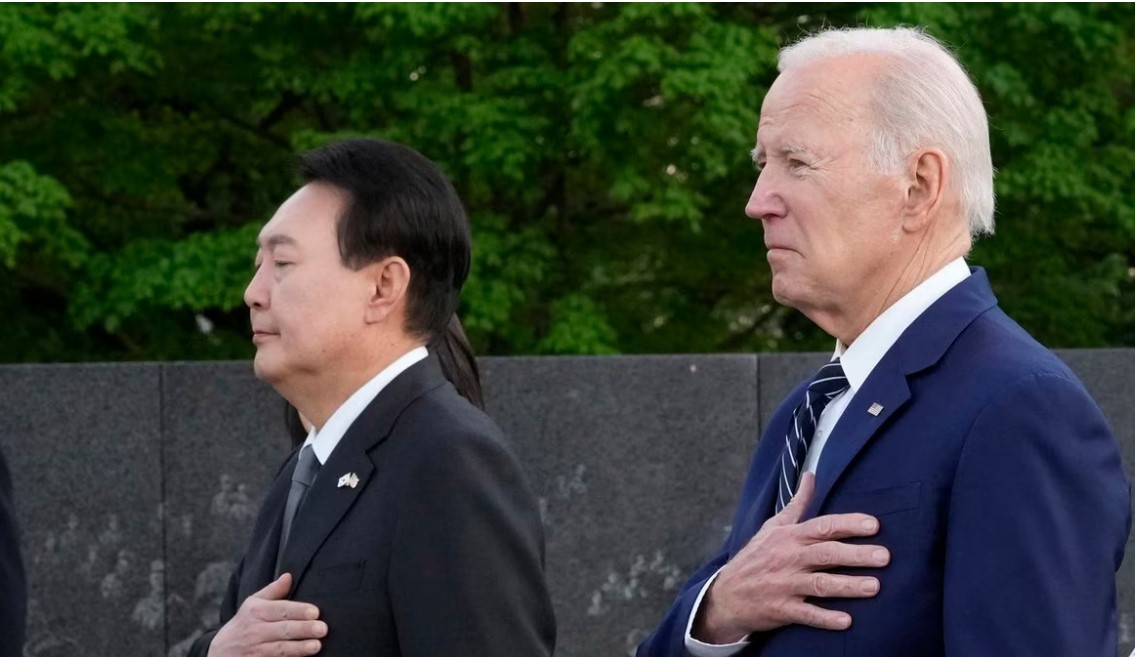

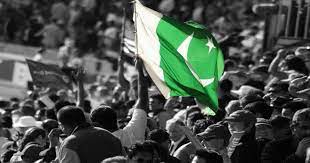
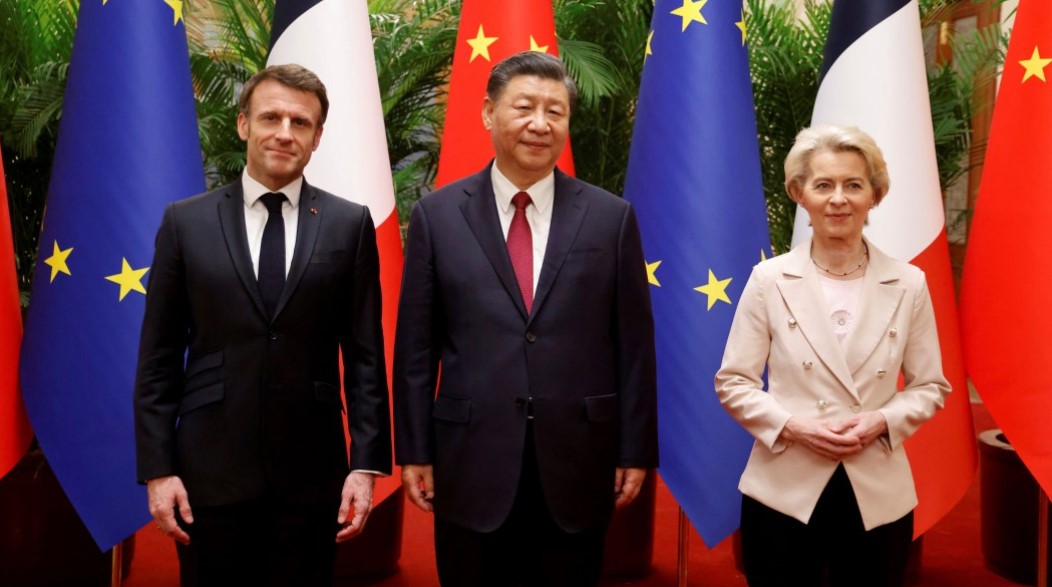
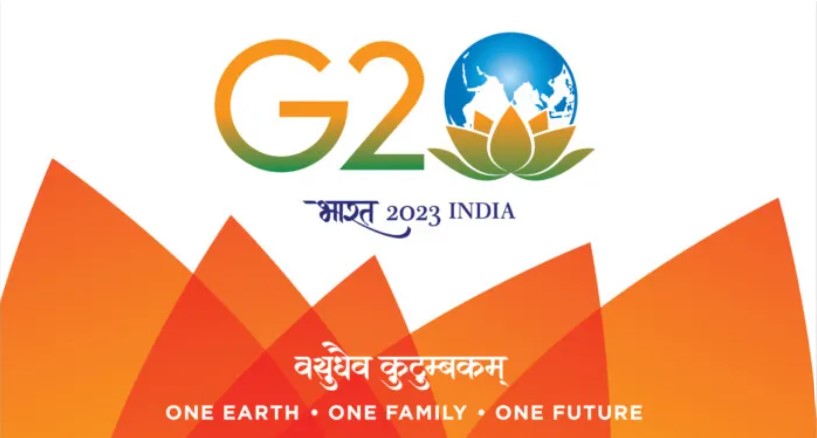






POST COMMENTS (1)
ASHISH KUMAR OJHA